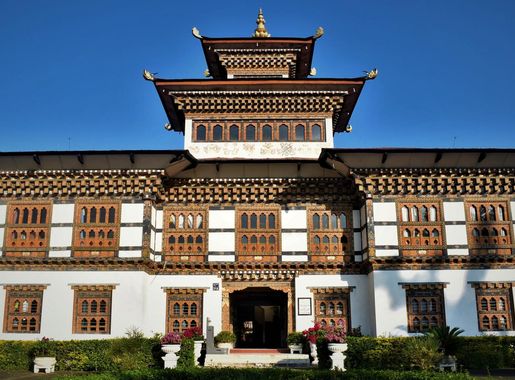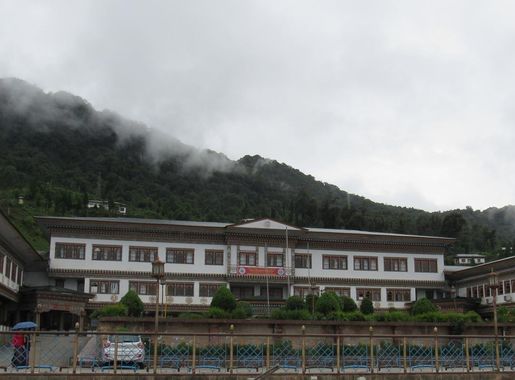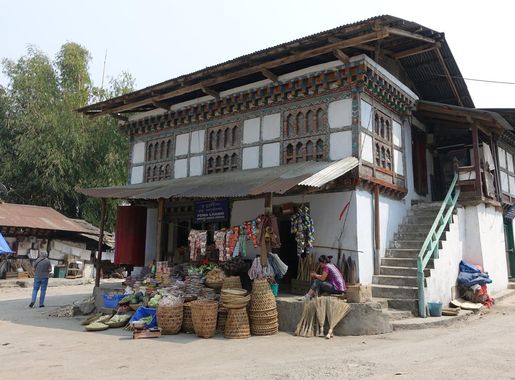
The Enchanting Gateway of Samdrup Jongkhar
Discover the cultural gateway of Bhutan in Samdrup Jongkhar, where tradition meets modernity amidst vibrant markets, lush landscapes, and spiritual sanctuaries.
Samdrup Jongkhar, located in southeastern Bhutan, is a captivating destination that serves as a cultural and economic hub. This district is the perfect blend of tradition and modernity, offering tourists a unique glimpse into Bhutanese life. Nestled against the Indian border, Samdrup Jongkhar is the gateway to Bhutan, making it an ideal first stop for visitors entering the country. Samdrup Jongkhar is known for its bustling markets where you can find a variety of local goods, from handcrafted items to fresh produce. The town’s vibrant atmosphere is complemented by its friendly locals, who are always eager to share their culture and traditions. Don't miss visiting the Samdrup Jongkhar Dzong, a fortress that stands as a testament to Bhutanese architecture and history. Nature enthusiasts will find plenty to explore in and around Samdrup Jongkhar. The district is home to lush forests, scenic landscapes, and diverse wildlife. A visit to the Khaling Wildlife Sanctuary is a must for those interested in Bhutan's natural beauty. Additionally, the district offers several trekking routes that provide stunning views and a chance to experience the serene environment. Religious and cultural sites are also abundant in Samdrup Jongkhar. The local monasteries and temples offer a peaceful retreat and a deeper understanding of Bhutanese spirituality. The annual Tsechu festival is a highlight, featuring traditional dances and rituals that are a feast for the senses. Overall, Samdrup Jongkhar offers a rich tapestry of experiences that make it a must-visit destination in Bhutan.
Local tips in Samdrup Jongkhar District
- Currency: Carry Bhutanese Ngultrum (BTN) and Indian Rupee (INR) as both are widely accepted.
- Market Days: Visit the local markets early in the morning for the best selection of fresh produce and crafts.
- Dress Modestly: When visiting religious sites, ensure you dress modestly to respect local customs.
- Local Cuisine: Try the local delicacies like Ema Datshi (chili cheese) and Momos (dumplings) at street vendors for an authentic taste.
- Wildlife Sanctuary: Plan a visit to Khaling Wildlife Sanctuary early in the day for the best chance to see wildlife.
The Enchanting Gateway of Samdrup Jongkhar
Samdrup Jongkhar, located in southeastern Bhutan, is a captivating destination that serves as a cultural and economic hub. This district is the perfect blend of tradition and modernity, offering tourists a unique glimpse into Bhutanese life. Nestled against the Indian border, Samdrup Jongkhar is the gateway to Bhutan, making it an ideal first stop for visitors entering the country. Samdrup Jongkhar is known for its bustling markets where you can find a variety of local goods, from handcrafted items to fresh produce. The town’s vibrant atmosphere is complemented by its friendly locals, who are always eager to share their culture and traditions. Don't miss visiting the Samdrup Jongkhar Dzong, a fortress that stands as a testament to Bhutanese architecture and history. Nature enthusiasts will find plenty to explore in and around Samdrup Jongkhar. The district is home to lush forests, scenic landscapes, and diverse wildlife. A visit to the Khaling Wildlife Sanctuary is a must for those interested in Bhutan's natural beauty. Additionally, the district offers several trekking routes that provide stunning views and a chance to experience the serene environment. Religious and cultural sites are also abundant in Samdrup Jongkhar. The local monasteries and temples offer a peaceful retreat and a deeper understanding of Bhutanese spirituality. The annual Tsechu festival is a highlight, featuring traditional dances and rituals that are a feast for the senses. Overall, Samdrup Jongkhar offers a rich tapestry of experiences that make it a must-visit destination in Bhutan.
When is the best time to go to Samdrup Jongkhar District?
Iconic landmarks you can’t miss
Manas National Park
Discover the enchanting landscapes and rich biodiversity of Manas National Park in Assam, a UNESCO World Heritage Site inviting nature lovers and adventure seekers.
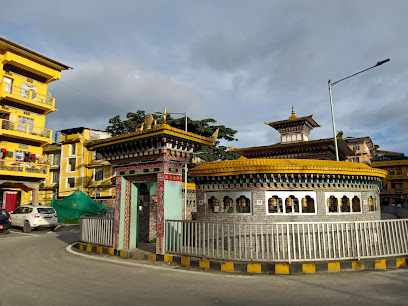
Bogamati Picnic Spot, Baksa Assam
Escape to Bogamati Picnic Spot in Assam for a rejuvenating experience amidst nature's beauty at the foothills of Bhutan.
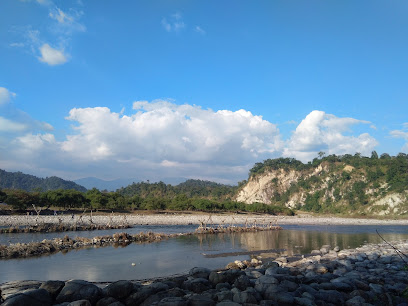
Chowki Picnic Spot
Experience the serene beauty of Chowki Picnic Spot in Manas National Park, a perfect retreat for nature lovers and adventure enthusiasts in Assam, India.
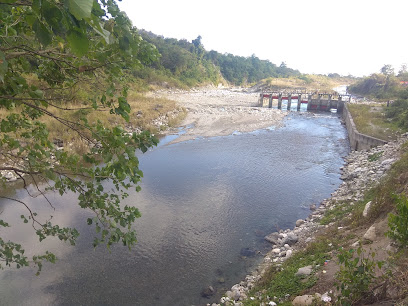
National Memorial Chhorten རྒྱལ་ཡོངས་རྗེས་དྲན་མཆོད་རྟེན།
Discover the spiritual heart of Bhutan at the National Memorial Chhorten, a stunning Buddhist temple surrounded by tranquility and cultural richness.
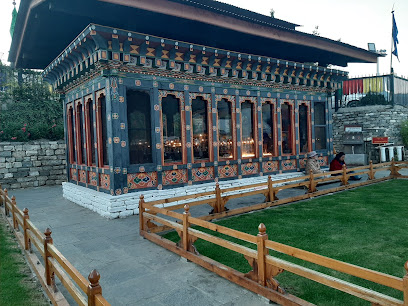
Daragaon Picnic Spot
Discover the tranquil beauty of Daragaon Picnic Spot in Assam, an idyllic retreat for nature lovers and families seeking relaxation and scenic views.
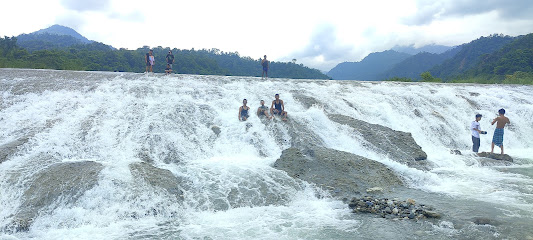
Samdrup Jongkhar Market
Discover the vibrant culture and culinary delights at Samdrup Jongkhar Market, a lively hub of trade at the Indo-Bhutan border.
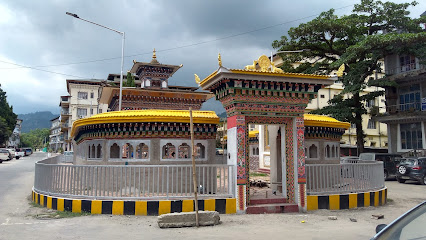
Indo-Bhutan Border Gateway
Explore the Indo-Bhutan Border Gateway: A vibrant cultural meeting point with stunning landscapes and rich traditions awaits your discovery.
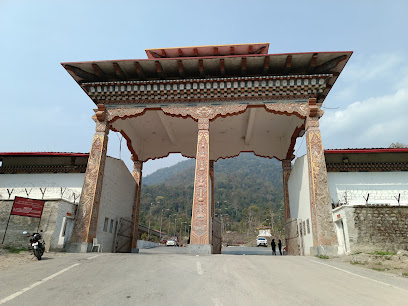
Tashi Gasel Lodge
Discover the beauty and tranquility of Tashi Gasel Lodge, a serene retreat in Eastern Bhutan offering a unique blend of culture, comfort, and breathtaking landscapes.

Daojeng
Explore the serene beauty and rich culture of Daojeng, a hidden gem in Assam, India, perfect for nature lovers and cultural enthusiasts.
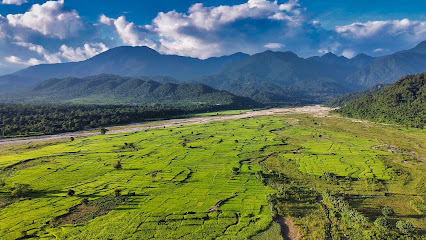
Bhutan chowki
Experience tranquility at Bhutan Chowki, a serene tourist attraction in Deothang, perfect for picnics, nature walks, and cultural immersion.
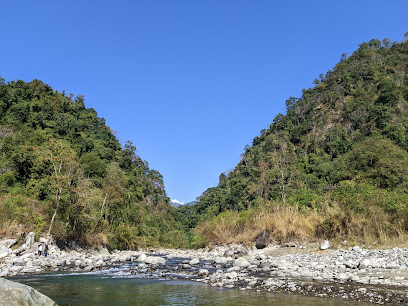
Indo-Bhutan Gate, Samdrup Jongkhar.
Discover the Indo-Bhutan Gate in Samdrup Jongkhar, a historic monument symbolizing friendship, rich culture, and breathtaking scenery.
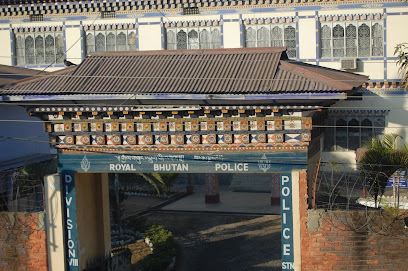
Royal Manas National Park
Discover the breathtaking landscapes and rich biodiversity of Royal Manas National Park, a true gem of Bhutan's natural heritage.
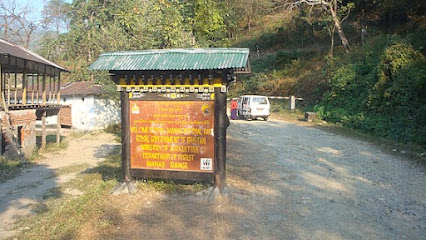
Jomotsangkha Wildlife Sanctuary
Explore the breathtaking landscapes and rich biodiversity of Jomotsangkha Wildlife Sanctuary, a tranquil haven in Bhutan perfect for nature enthusiasts.
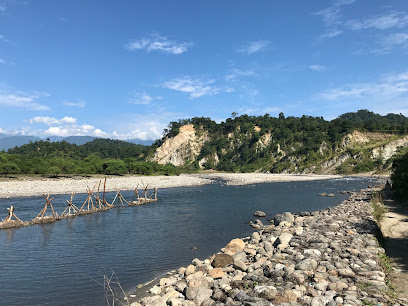
Sakteng Wildlife Sanctuary.
Discover the breathtaking landscapes and rich biodiversity of Sakteng Wildlife Sanctuary in Bhutan, a hidden gem for nature lovers and adventure seekers.
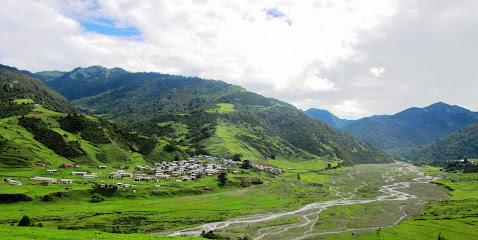
Nagrijuli
Discover the tranquil beauty of Nagrijuli Park, a serene escape in Assam, surrounded by lush greenery and the enchanting landscape of Bhutan.
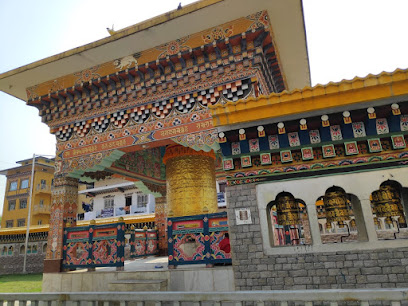
Unmissable attractions to see
Daragaon Picnic Spot
Discover the serene beauty of Daragaon Picnic Spot in Assam, a perfect escape for nature lovers and families seeking relaxation in lush greenery.
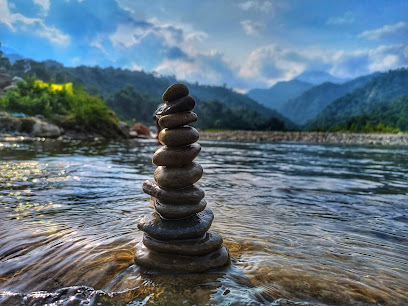
Manas Chowki Eco Tourism Society
Discover the tranquility of Manas Chowki Eco Tourism Society, a serene retreat in Assam, where nature and eco-friendly practices harmoniously blend.
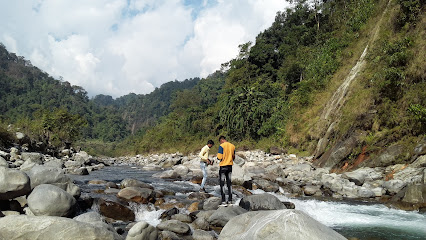
Sakteng Wildlife Sanctuary
Explore Sakteng Wildlife Sanctuary, a breathtaking haven of biodiversity and culture in Bhutan, perfect for nature lovers and adventure seekers.
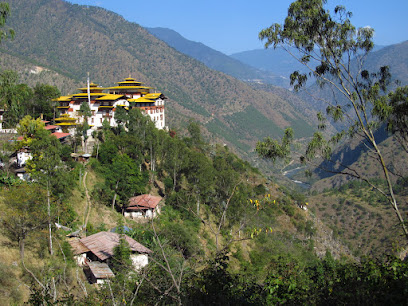
Moina Pukhuri
Experience the tranquil beauty of Moina Pukhuri in Assam, where nature meets serenity and relaxation awaits every traveler.
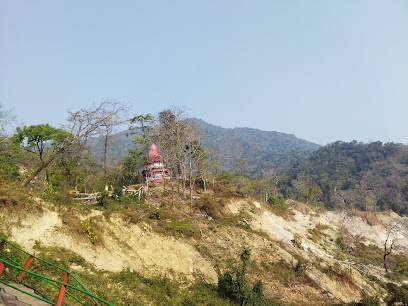
Merak Village མེ་རག་གཡུས་ཚན།
Explore the enchanting Merak Village, where vibrant culture meets breathtaking Himalayan landscapes in Bhutan.
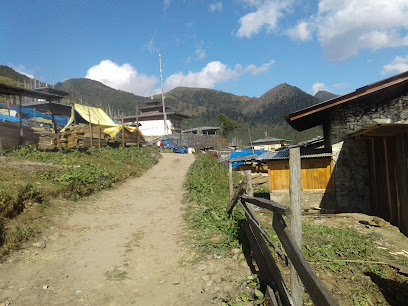
Yonphula Lhakhang (Ogyen Doh-Ngag Chokhorling Dratshang)
Explore the spiritual essence of Yonphula Lhakhang, a serene Buddhist temple in Bhutan, surrounded by breathtaking natural beauty.
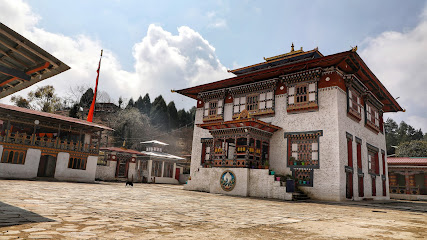
Childern Park
Explore the beauty of Bhutan at Children Park in Samdrup Jongkhar, a perfect destination for family fun and relaxation surrounded by nature.
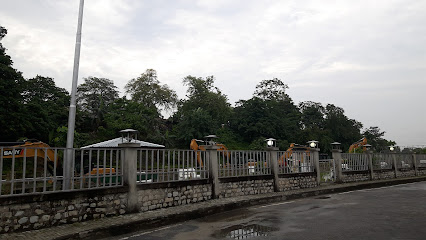
Chowki Gate of Pagladia River
Explore the serene beauty of Chowki Gate at Pagladia River in Assam, a perfect blend of nature and local culture for every traveler.
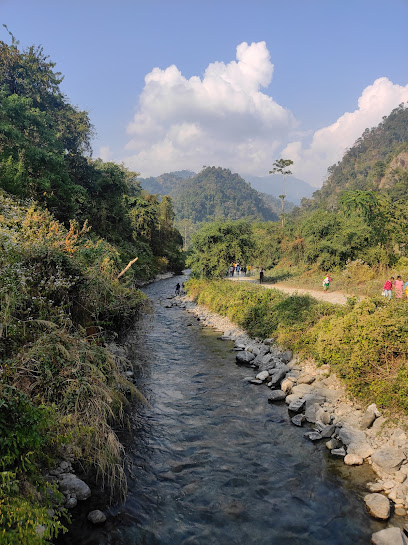
Songkhri Hajw Picnic Spot
Experience the tranquility of Songkhri Hajw Picnic Spot in Tamulpur, Assam - a perfect retreat for nature lovers and families alike.
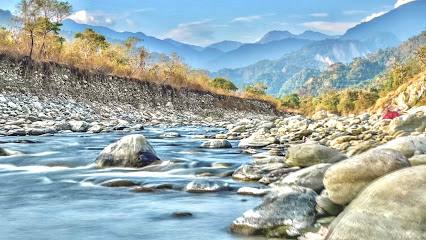
Flags bridge
Discover the beauty and cultural significance of Flags Bridge in Samdrup Jongkhar, a serene symbol of peace adorned with vibrant prayer flags.
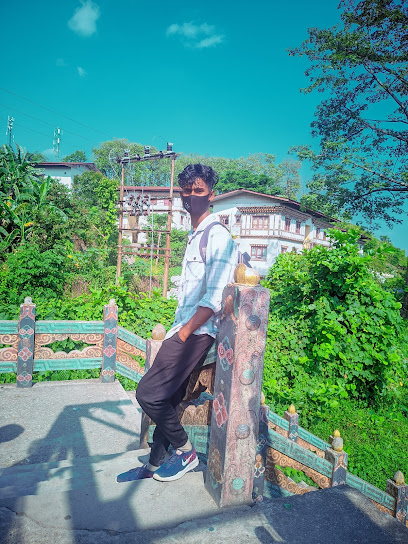
Recreation Park (Mani Dungkhor)
Discover tranquility and natural beauty at Recreation Park (Mani Dungkhor) in Samdrup Jongkhar, Bhutan's serene outdoor retreat.
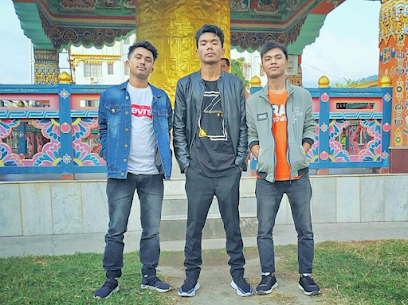
DELAISRI ECO-TOURISM
Experience the beauty of Assam at Delaisri Eco-Tourism, where nature and conservation unite for an unforgettable adventure.
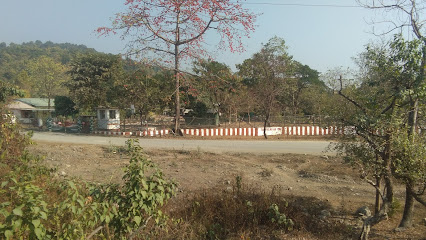
Chaling Tsimrock
Explore Chaling Tsimrock, a serene tourist attraction in Trashigang, Bhutan, surrounded by stunning landscapes and rich cultural heritage.
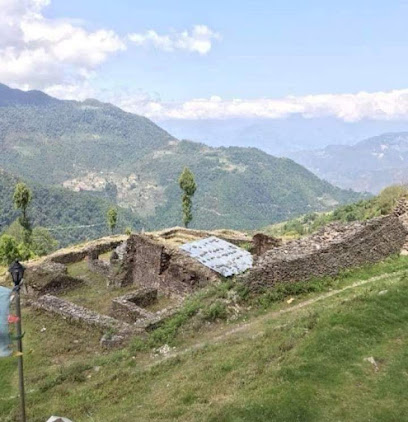
Gomdar
Explore Gomdar in Samdrup Jongkhar - a tranquil garden retreat showcasing Bhutan's flora amidst serene landscapes.
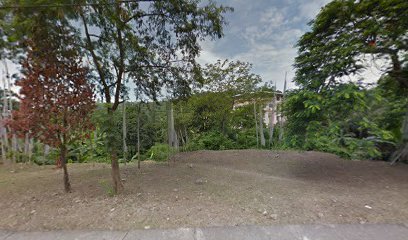
Gayzor (Bara kilo)
Experience the natural beauty and tranquility of Gayzor Garden in Deothang, a perfect escape for nature lovers and peace seekers.
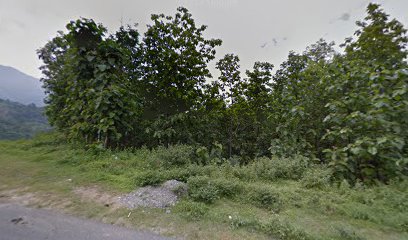
Essential places to dine
Damala Restaurant and Lodge
Savor authentic Bhutanese dishes at Damala Restaurant and Lodge - where culture meets flavor in Daifam.
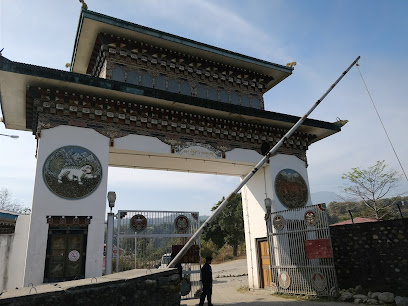
Hotel Zambala
Experience authentic Bhutanese cuisine and warm hospitality at Hotel Zambala in Samdrup Jongkhar.
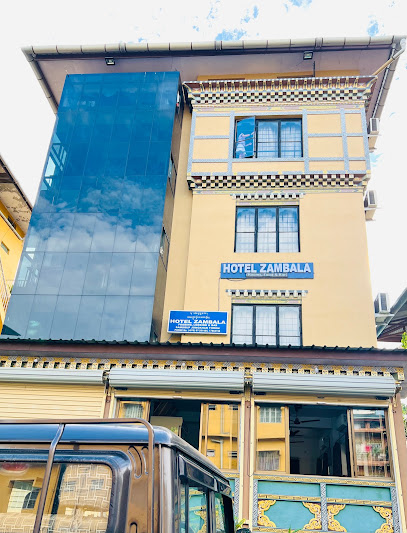
Gomthey Restaurant And Bar
Discover authentic Bhutanese cuisine at Gomthey Restaurant And Bar - where traditional flavors meet modern dining experiences.
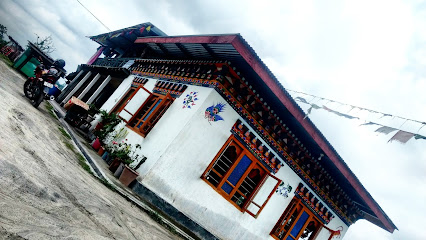
Yangchhag Hotel & Restaurant
Experience authentic Bhutanese cuisine and warm hospitality at Yangchhag Hotel & Restaurant in Nganglam.
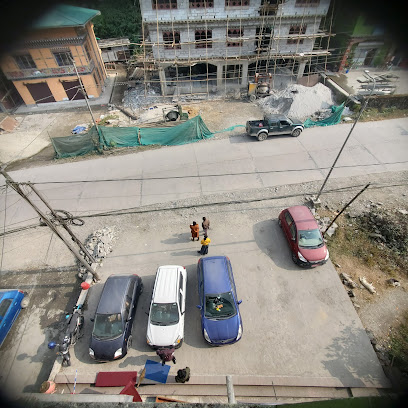
Kuenjung Pizza
Savor the unique flavors of Kuenjung Pizza in Samdrup Jongkhar—where fresh ingredients meet culinary creativity.
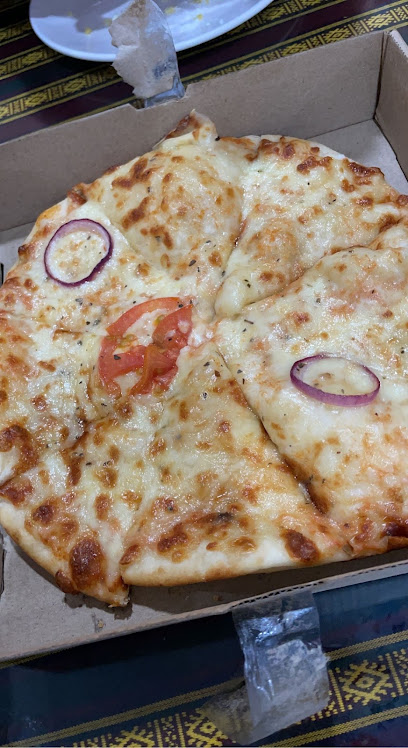
Tshenum Vegetarian Hotel
Experience exquisite vegetarian cuisine at Tshenum Vegetarian Hotel in Samdrup Jongkhar - where flavor meets sustainability.
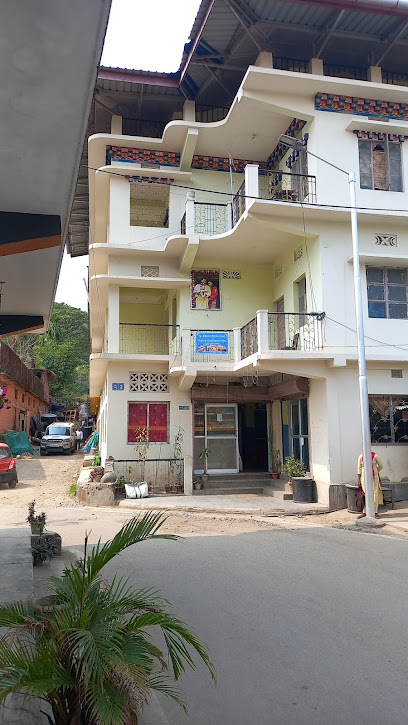
TN restaurant & cafe
Discover authentic Bhutanese flavors at TN Restaurant & Cafe in Dawathang – where tradition meets taste in every dish.
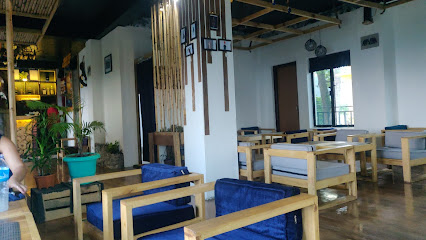
Rinzin Restaurant
Experience authentic Bhutanese flavors at Rinzin Restaurant in Nganglam—where every dish tells a story.

KT Pizza Hut
Savor the best pizzas in Nganglam at KT Pizza Hut—where fresh ingredients meet delicious flavors in a cozy setting.
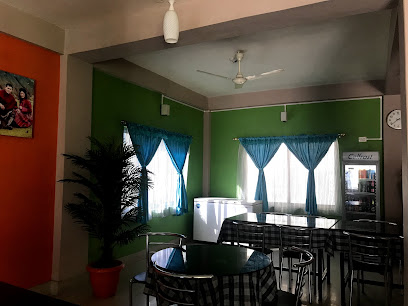
Kinjung Restaurant
Discover authentic Bhutanese flavors at Kinjung Restaurant in Samdrup Jongkhar – a must-visit culinary destination for travelers seeking local delights.
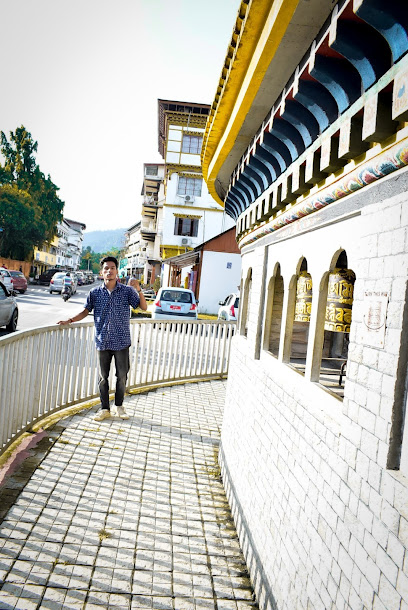
PK RESTAURANT
Experience authentic Bhutanese flavors at PK Restaurant in Samdrup Jongkhar - where every meal tells a story.
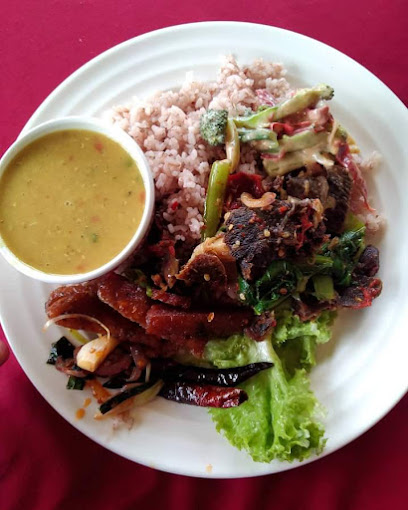
Friend's Kitchen
Savor authentic Bhutanese cuisine at Friend's Kitchen in Samdrup Jongkhar - a must-visit for every food lover exploring Bhutan.
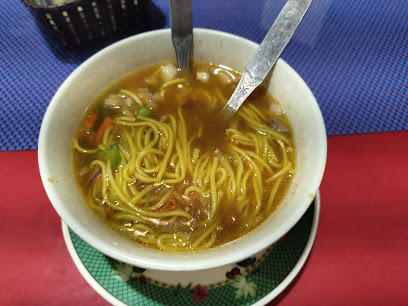
Chirwang Shop
Discover authentic Bhutanese flavors at Chirwang Shop in Nganglam - where every dish tells a story.

Dubjor Hotel
Savor authentic Bhutanese cuisine at Dubjor Hotel, nestled in Trashigang's breathtaking landscapes - an unforgettable dining experience.
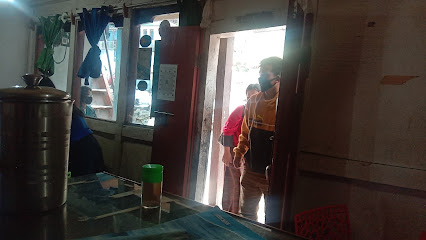
Narphung Travellers Buffet
Discover authentic Bhutanese flavors at Narphung Travellers Buffet - a culinary gem nestled in picturesque Narphu.
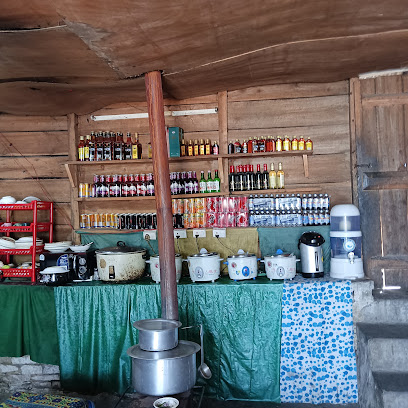
Markets, malls and hidden boutiques
Samdrup Jongkhar Market
Discover the vibrant Samdrup Jongkhar Market, a cultural and commercial hub showcasing the best of Bhutanese craftsmanship and local flavors.
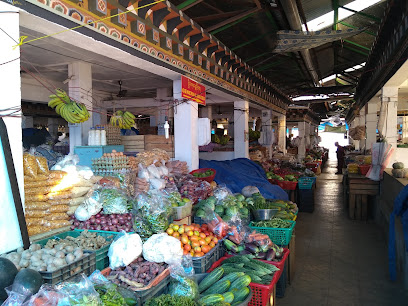
Samdrup jongkhar town
Experience the vibrant markets and rich culinary heritage of Samdrup Jongkhar Town, Bhutan's gateway to culture and tradition.
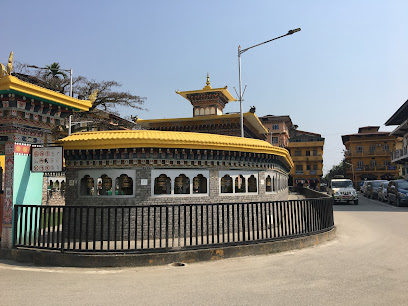
Krishna Store
Discover the vibrant fashion of Bhutan at Krishna Store in Samdrup Jongkhar, where local culture meets contemporary style.
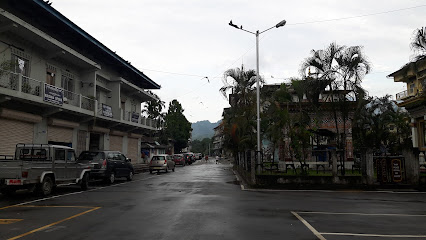
Bhutan Shoe Shop
Explore the unique blend of traditional craftsmanship and modern styles at Bhutan Shoe Shop in Samdrup Jongkhar, a true reflection of Bhutanese culture.
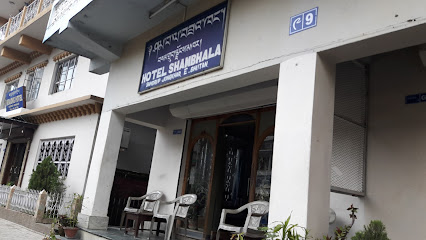
P Dhendup Tshongkhang
Discover the convenience of shopping at P Dhendup Tshongkhang in Samdrup Jongkhar, where variety meets quality in a welcoming atmosphere.
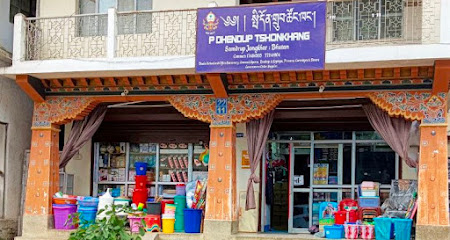
Gupta Photo Studio Electronic Sale And Service
Explore the best electronic gadgets and services at Gupta Photo Studio in Samdrup Jongkhar, the ultimate destination for tourists and tech enthusiasts.
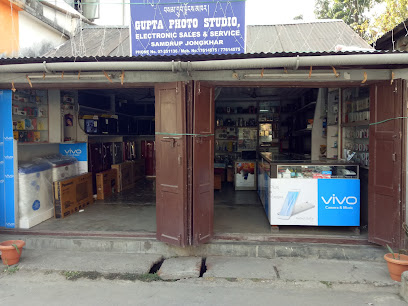
umesh store
Explore Umesh Store in Samdrup Jongkhar for a unique blend of traditional and modern Bhutanese fashion, perfect for tourists seeking authentic attire.
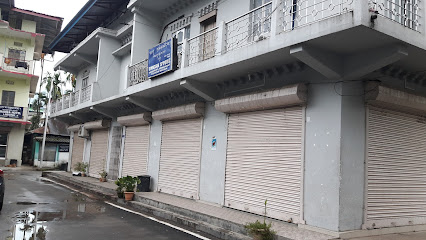
Doendrup hardware store
Explore the vibrant local culture at Doendrup Hardware Store, where craftsmanship meets community in Samdrup Jongkhar.
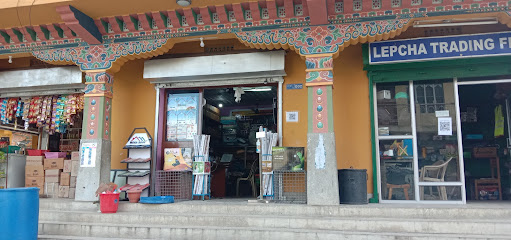
Arjun Chamlagai Hardware and Electronic Shop
Explore the best of hardware and electronics at Arjun Chamlagai Hardware and Electronic Shop in Bhutan, where quality meets affordability.

Deothang Craft Shop (SJI)
Experience the heart of Bhutanese craftsmanship at Deothang Craft Shop, where every handmade piece tells a unique story.
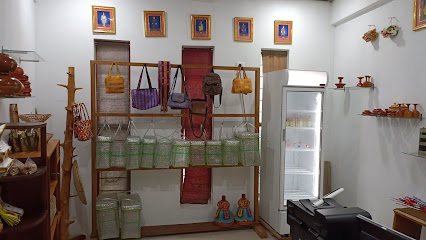
Norbu General Shop
Discover local charm at Norbu General Shop, your go-to convenience store in Deothang, Bhutan, for authentic snacks and friendly interactions.
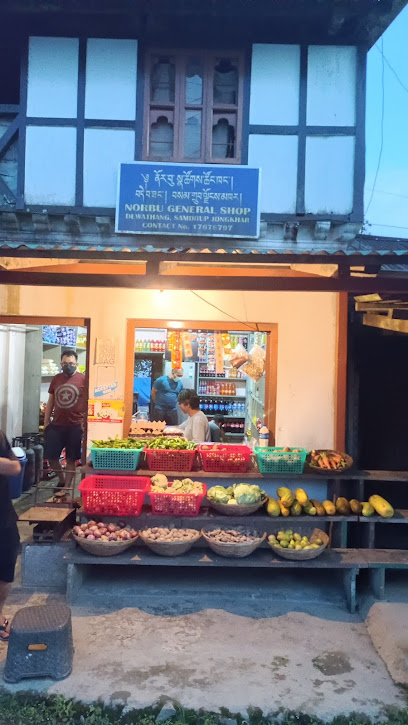
Sandesh enterprise
Discover local culture and essentials at Sandesh Enterprise, a charming general store in Deothang, Bhutan.

Manoj Metal Store
Discover the artistry of Bhutan at Manoj Metal Store in Samdrup Jongkhar, where local craftsmanship meets unique shopping experiences.
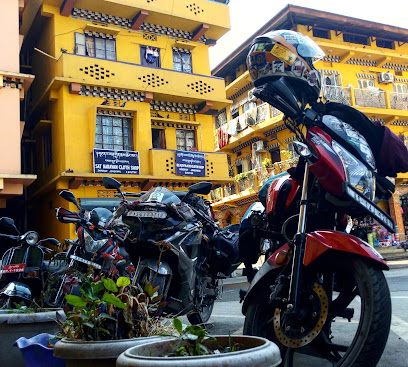
Pema Choden's Bakery Shop
Experience the authentic flavors of Bhutan at Pema Choden's Bakery Shop, where traditional baking meets local culture.

མོ་ཁོ་མ་ཚོང་ཁང་། Mokhoma Tshongkhang
Discover the local flavors of Bhutan at Mokhoma Tshongkhang, your premier grocery destination in Narphu.

Essential bars & hidden hideouts
TN restaurant & cafe
Experience the exquisite culinary delights of TN Restaurant & Cafe in Dawathang, where local flavors meet a cozy ambiance for an unforgettable dining experience.
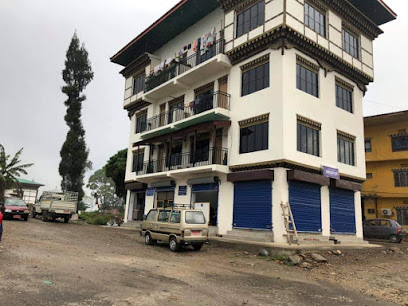
Charo Zomsa Karaoke Pub
Experience the vibrant nightlife at Charo Zomsa Karaoke Pub in Samdrup Jongkhar, where singing and laughter unite for unforgettable nights.
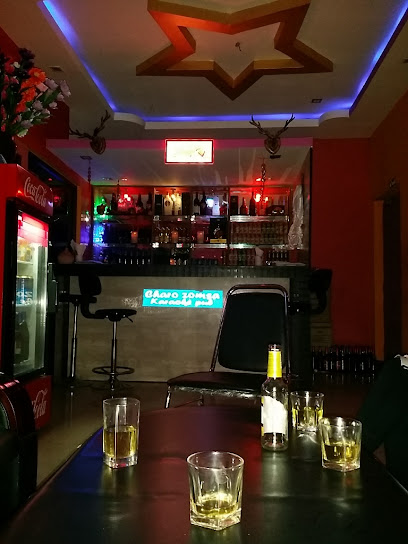
Kinjung Restaurant
Experience authentic Bhutanese flavors at Kinjung Restaurant in the heart of Samdrup Jongkhar's vibrant lower market.
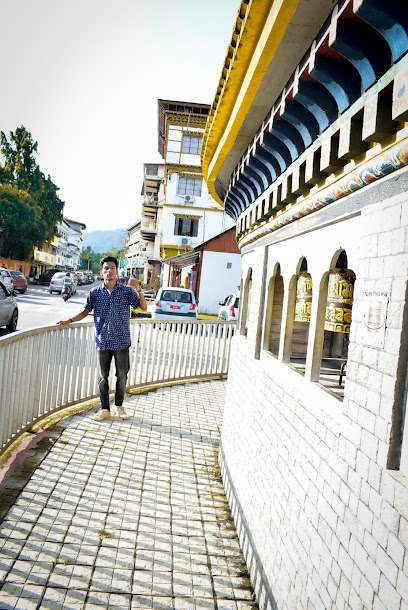
PK RESTAURANT
Experience authentic Bhutanese flavors and hospitality at PK Restaurant in Samdrup Jongkhar, where every dish tells a story.
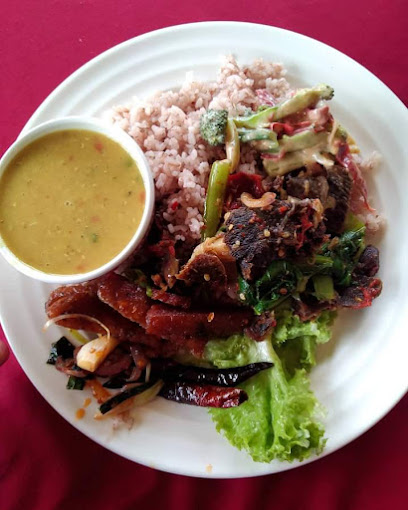
B.B.K. Boom Boom Karoake
Experience the vibrant nightlife of Deothang at B.B.K. Boom Boom Karaoke, where every night transforms into a memorable musical celebration.

DEKEY Restaurant
Discover the authentic taste of Bhutan at DEKEY Restaurant in Samdrup Jongkhar, where local flavors and warm hospitality meet.
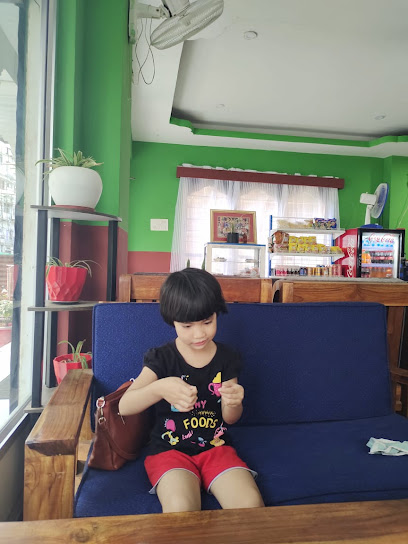
Hotel Friends
Discover the authentic flavors of Bhutan at Hotel Friends, a culinary gem in Samdrup Jongkhar, where tradition meets taste.
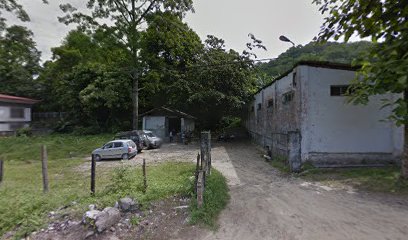
Sonam Jurmi General Shop, Bar and Canteen
Discover the heart of Pemagatsel at Sonam Jurmi General Shop, Bar and Canteen: A local haven for travelers seeking authentic Bhutanese culture and delightful refreshments.

Daza Shop
Discover the charm of Daza Shop in Dechheling, a cozy bar offering local drinks and a warm atmosphere for travelers seeking relaxation.

Telung
Experience the vibrant nightlife at Telung, a lively bar in Nganglam offering unique drinks and a welcoming atmosphere for all visitors.

Zomsa Restaurant
Experience the authentic taste of Bhutan at Zomsa Restaurant in Samdrup Jongkhar, where local flavors meet warm hospitality.
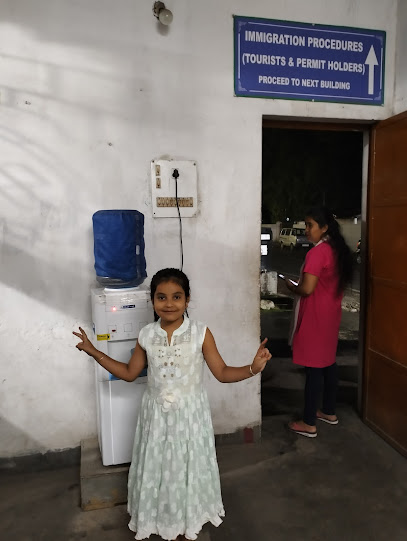
Tshering Bar Shop
Explore the vibrant atmosphere and unique local drinks at Tshering Bar Shop, a must-visit bar in Pemagatsel, Bhutan.

Charo Zomsa Restaurant
Discover the authentic flavors of Bhutan at Charo Zomsa Restaurant, a cozy bar in the heart of Samdrup Jongkhar, perfect for food lovers.
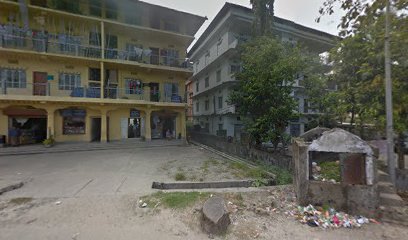
Pema Yoebar Bar and General Shop
Discover the heart of Bhutanese culture at Pema Yoebar Bar and General Shop, where vibrant drinks meet warm hospitality.

Dorji Chezom Restaurant & Bar
Discover authentic Bhutanese flavors at Dorji Chezom Restaurant & Bar, a culinary gem in Samdrup Jongkhar, blending tradition with a cozy atmosphere.
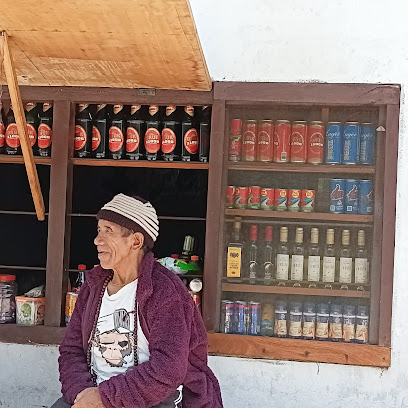
Local Phrases about Samdrup Jongkhar District
-
- Helloཇ་ཚ
[ja tsa] - Goodbyeཞི་ཞི
[zhi zhi] - Yesགིས
[gi] - Noགམ
[gam] - Please/You're welcomeརེད་བསྐྱོད
[re dzay jo] - Thank youརང་བསྐྱོད
[rang jo] - Excuse me/Sorryདགའ་མཇག
[dak jak] - How are you?ཁྱོད་ཀྱི་སེལ་ལ
[kyo ki sel la] - Fine. And you?སེལ་ལ་ཉོས་པ་ལ
[sel la nyop la] - Do you speak English?ཨིང་གི་ཡུ་ཨེན་གི་གསལ
[ing gi yu en gi sal] - I don't understandཁྱོད་ཀྱི་ཨང་སེལ་མེད
[kyo ki ang sel me]
- Helloཇ་ཚ
-
- I'd like to see the menu, pleaseམགོ་སྡེའི་ལས་ཁྱོད་མེད
[mgo de'i la kyo me] - I don't eat meatབླགས་ཐོས་མེད
[lak tso me] - Cheers!བཤངས
[sha ng] - I would like to pay, pleaseཉིམས་མེད་ཨིས
[nyim me is]
- I'd like to see the menu, pleaseམགོ་སྡེའི་ལས་ཁྱོད་མེད
-
- Help!གདོས
[do] - Go away!དགོསས
[gos] - Call the Police!བསྐྱོད་དཀོན
[jo kon] - Call a doctor!བསྐྱོད་སྡེའི་དོཀ་ཏོར
[jo de'i dok tor] - I'm lostཁྱོད་ཀྱི་སྤྱི
[kyo ki chi] - I'm illཁྱོད་ཀྱི་མན
[kyo ki men]
- Help!གདོས
-
- I'd like to buy...མགོ་སྡེའི་ཕལད
[mgo de'i pal da] - I'm just lookingམགོ་སྡེའི་ཁྱོད་མེད
[mgo de'i kyo me] - How much is it?གདོས་རོས་མེད
[do ro me] - That's too expensiveདགོས་འདོད་མེད
[go do da me] - Can you lower the price?ཁོང་མེད་མེད
[kong me me]
- I'd like to buy...མགོ་སྡེའི་ཕལད
-
- What time is it?དེས་མེད་རེས
[de me re] - It's one o'clockམིག་རེད་རེས
[mik re re] - Half past (10)སྟབས་རེད་ (༡༠)
[tab re (10)] - Morningཉིམརས
[nyim re] - Afternoonདྲུངས
[drung] - Eveningཉོས
[nyop] - Yesterdayཁ་སྐད
[kha skad] - Todayདེ་རེས
[de re] - Tomorrowམེད
[me] - 1༡
[1] - 2༢
[2] - 3༣
[3] - 4༤
[4] - 5༥
[5] - 6༦
[6] - 7༧
[7] - 8༨
[8] - 9༩
[9] - 10༡༠
[10]
- What time is it?དེས་མེད་རེས
-
- Where's a/the...?གཡས་རེད་...
[gye re...] - What's the address?གཡས་ལས་རེད་...
[gye la re...] - Can you show me (on the map)?ཁོང་མེད་མེད (སྦས་སྦས)
[kong me me (sab sa)] - When's the next (bus)?དེས་ལས་གཡས་རེད་...
[de la gye re...] - A ticket (to ....)སྦས་ཁྱོད (....)
[sa kyo (....)]
- Where's a/the...?གཡས་རེད་...
History of Samdrup Jongkhar District
-
Samdrup Jongkhar District, located in southeastern Bhutan, has historically been a significant hub for trade routes connecting Bhutan with India. The ancient trade routes facilitated the exchange of goods such as textiles, grains, and other essentials between the two regions. This trade also helped in the cultural exchange, bringing new ideas and traditions into the district from neighboring areas.
-
The town of Samdrup Jongkhar, the district's administrative and commercial center, has grown over centuries from a small settlement to a bustling town. Its strategic location near the Indian border has made it an essential point for trade and commerce. Modern infrastructure developments, such as roads and markets, have transformed it into a key urban center in southeastern Bhutan.
-
Buddhism has played a crucial role in shaping the culture and traditions of Samdrup Jongkhar District. Numerous monasteries and religious sites dot the area, serving as centers for spiritual learning and community gatherings. The annual rituals and festivals, such as Tshechu, highlight the district's deep-rooted Buddhist heritage and attract pilgrims and tourists alike.
-
During the 17th century, the district was part of the broader effort led by Zhabdrung Ngawang Namgyel to unify Bhutan. Samdrup Jongkhar's strategic location made it a vital area for consolidating control over southeastern Bhutan, thus playing a critical role in the unification process. The historical significance of this period is still remembered and celebrated in the district.
-
In recent decades, Samdrup Jongkhar District has seen significant economic development and modernization. Infrastructure projects, such as the construction of highways and educational institutions, have boosted the local economy. The district's proximity to India has also allowed for thriving cross-border trade, contributing to the overall growth and prosperity of the region.
-
Samdrup Jongkhar is known for its lush landscapes and biodiversity. The district has been at the forefront of Bhutan's environmental conservation efforts. Programs aimed at preserving its rich flora and fauna, along with sustainable agricultural practices, have been implemented to maintain the ecological balance. These conservation efforts reflect the district's commitment to protecting its natural heritage for future generations.
Samdrup Jongkhar District Essentials
-
Samdrup Jongkhar District is located in southeastern Bhutan. The nearest international airport is Paro International Airport, located approximately 500 kilometers from Samdrup Jongkhar. From Paro, you can take a domestic flight to Gelephu Airport, which is closer to Samdrup Jongkhar. Alternatively, you can travel by road; the journey from Paro to Samdrup Jongkhar typically takes around 12-14 hours by car. Public buses and shared taxis are available from Thimphu and Paro to Samdrup Jongkhar, which offer an affordable but lengthy travel option.
-
Within Samdrup Jongkhar District, local taxis are the most convenient mode of transportation. Taxis are easily available and relatively inexpensive. For longer distances within the district, you can use the public bus service, which connects various towns and villages. Renting a car is also an option, though it is recommended to hire a local driver familiar with the challenging terrain. Walking is feasible for short distances within towns.
-
The official currency in Bhutan is the Bhutanese Ngultrum (BTN). Indian Rupees (INR) are also widely accepted. Credit cards are accepted in some hotels, restaurants, and larger shops, but it is advisable to carry cash, especially in smaller establishments and rural areas. ATMs are available in Samdrup Jongkhar town, but it is wise to withdraw sufficient cash before traveling to more remote parts of the district.
-
Samdrup Jongkhar District is generally a safe destination for tourists. However, like any travel destination, it is advisable to take standard precautions. Avoid walking alone at night in unfamiliar areas and keep an eye on your belongings in crowded places. There are no specific high-crime areas targeting tourists, but it is always best to stay vigilant and aware of your surroundings.
-
In case of emergency, dial 113 for police assistance and 112 for medical emergencies. The local police station and medical facilities are available in Samdrup Jongkhar town. It is recommended to have travel insurance that covers medical emergencies. For minor health issues, there are pharmacies in the town where you can purchase over-the-counter medications.
-
Fashion: Do dress modestly, especially when visiting religious sites. Avoid wearing revealing clothing. Religion: Do respect local customs and traditions. Always remove your shoes and cover your head when entering temples and monasteries. Public Transport: Do be respectful and give up your seat to elderly passengers. Don't eat or drink on public transport. Greetings: Do greet people with a slight bow and say 'Kuzuzangpo' (hello). Eating & Drinking: Do try local delicacies and accept food offerings graciously. Don't refuse hospitality, as it is considered impolite.
-
To experience Samdrup Jongkhar District like a local, visit the weekend market where you can buy fresh produce and traditional Bhutanese goods. Engage with locals, as they are often friendly and willing to share stories about the district's history and culture. Don't miss visiting the Dewathang Heritage Museum and the Mithun Breeding Farm. For a unique experience, take a walk along the Samdrup Jongkhar - Trashigang Highway, which offers breathtaking views of the surrounding landscape.
Trending Landmarks in Samdrup Jongkhar District
-
Manas National Park
-
Bogamati Picnic Spot, Baksa Assam
-
Chowki Picnic Spot
-
National Memorial Chhorten རྒྱལ་ཡོངས་རྗེས་དྲན་མཆོད་རྟེན།
-
Daragaon Picnic Spot
-
Samdrup Jongkhar Market
-
Indo-Bhutan Border Gateway
-
Tashi Gasel Lodge
-
Daojeng
-
Bhutan chowki
-
Indo-Bhutan Gate, Samdrup Jongkhar.
-
Royal Manas National Park
-
Jomotsangkha Wildlife Sanctuary
-
Sakteng Wildlife Sanctuary.
-
Nagrijuli
Nearby Cities to Samdrup Jongkhar District
-
Things To Do in Mongar
-
Things To Do in Guwahati
-
Things To Do in Jakar
-
Things To Do in Bumthang
-
Things To Do in Trongsa
-
Things To Do in Shillong
-
Things To Do in Wangdue Phodrang
-
Things To Do in Punakha
-
Things To Do in Itanagar
-
Things To Do in Thimphu
-
Things To Do in Phuentsholing
-
Things To Do in Sylhet
-
Things To Do in Paro
-
Things To Do in Rangpur
-
Things To Do in Kohima

